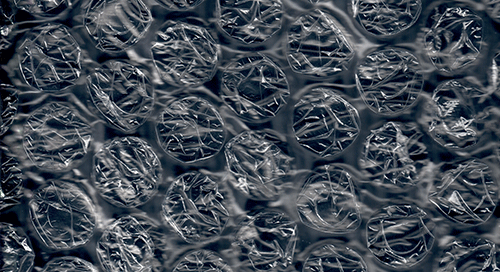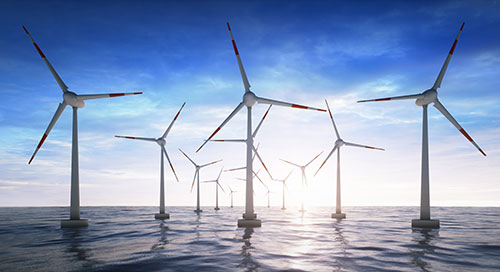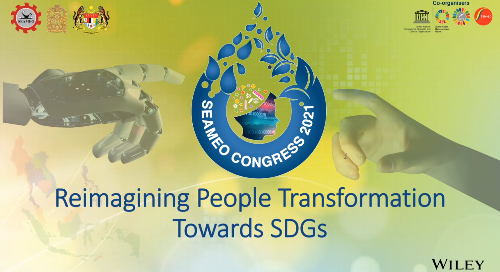is-a-thermoelectrics-based-revolution-possible
November 18, 2020
Why is the topic of Thermoelectrics highly relevant for researchers and developers?
What is exactly thermoelectricity? It is a technology able to convert heat gradients into potential differences, and therefore it can generate electricity from waste heat. As the world is struggling to meet the giant demand for electricity, sustainable energy technologies are the sole possible solution. Since renewable energy sources (such as solar, wind, etc.), due to their high cost, are presently supplying very limited electrical power, exploiting in parallel a low-cost sustainable energy, such as heat, which is produced basically for free as a waste product of automotive exhaust and industrial processes, has become crucial. Therefore, generating electricity from waste heat, is a very powerful technology.
If this technology is so powerful, why we do not live a world dominated by thermoelectricity?
This is mostly due to the low efficiency in the conversion of heat into electricity. The main advantages of thermoelectricity are, on the other hand, its stability (namely, absence of mobile parts), reliability (namely, no need for maintenance), and scalability (namely, the generated power can be changed by just changing the size of the device). These characteristics make thermoelectric devices ideal for all those applications where the great reliability is more important than the moderate efficiency. Indeed, they are largely used in generators for deep-space satellites and in remote power generators in unmanned systems. Presently, new directions, such as vehicle exhaust heat recovery and wearable sensors, are being developed.
Whether the world will experience or not a thermoelectrics-based revolution able to provide a massive production of sustainable energy depends on the future discoveries that would possibly lead to an increase in the efficiency of the thermoelectric technologies. In this respect, there is the need of a fundamental breakthrough, and an Encyclopedia able to gather all the important knowledge on this topic from worldwide experts in this field is absolutely timely.
Why it is important to have such a comprehensive reference work on this topic?
The Encyclopedia of Applied Physics is a comprehensive work that embraces not only the different directions that Physics can take, but also the other disciplines, such as Chemistry, Materials Science, and Engineering, which are largely impacted by discoveries in Physics.
The Leitmotiv on which the whole Encyclopedia is based is the synergy between fundamental physics and technological applications. Indeed, in each section, the readers will find chapters whose topics span from the theory ruling the physical phenomena, to the methods necessary to investigate them (with a clear explanation of advantages and disadvantages), to the technological applications, from the prototype level in academia until the large diffusion in industry.
Our aim is to achieve the largest possible diffusion of knowledge and to promote a joint effort towards technological achievements.
Why did you join the editorial team?
In 2019 I joined the editorial team of the Encyclopedia of Applied Physics to lead the session on thermoelectrics as Associate editor. After a PhD in Materials Science focused on semiconductor nanostructures and a post-doctoral experience in Physics focused on engineering the thermal properties of materials at the nanoscale, I have been given the unique and unprecedented opportunity to join the editorial team of this Encyclopedia. My previous research experiences have allowed me to gather information on different areas of Physics, from fundamentals to applications, and to develop my critical opinion on which topics/areas are emerging and deserve more and more attention in the scientific and industrial community. The field of thermoelectrics is definitely one of them. Indeed, we are presently experiencing a large revival of an old topic thanks to new technological possibilities, which are allowing to increase the efficiency of the thermoelectric processes, as well as to impelling society needs, which are demanding for sustainable technologies able to produce energy.
I feel honored to have the possibility to spread knowledge on such a crucial and multidisciplinary topic in the world. I find very important to contribute to create a comprehensive source of information where no important information is missing, and to provide the readers with a clear overview of the state of the art of this technology, in such a way that future possible directions of research in this field can be identified.
Marta De Luca
University of Basel, Basel, Switzerland
Encyclopedia of Applied Physics Associate Editor: Thermoelectrics
For further information and free sample articles from the Encyclopedia of Applied Physics visit: http://www.wileyonlinelibrary.com/ref/eap











